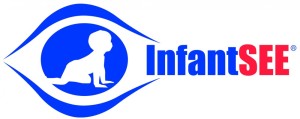Greg Hopkins, OD
Tablet computers have certainly become more ubiquitous and extremely popular with consumers. At present writing, 12% of US Households own a tablet device or eReader. Naturally, along with the increase in tablet device usage, eye care practitioners are poised to handle an increase in complaints of eyestrain from their patients.
Apple’s iPad is the #1 selling tablet at this time, and along with their computers and iPhones, the iPad has a reverse contrast option that can be quickly configured by going into the general settings for the device. I’ve enabled an option which allows me to triple-press the home button on my iPad to instantly reverse the contrast on the screen. It’s much easier on the eyes, and great for producing less light when reading in bed. Our Low Vision patients may especially benefit from our awareness off these built-in features and ability to suggest that they utilize them.
Links – References – More Information:
WSJ Screens & Eyestrain: http://on.wsj.com/qVhkov
USA Today Tablet Stats: http://usat.ly/qPpf7J
iPad Accessibility Guide: http://bit.ly/pJSBXg









